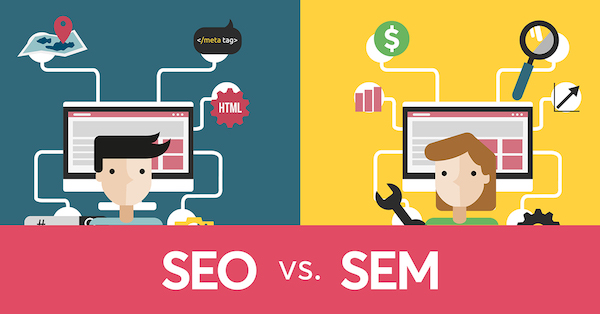The Growth Of Children'S Dental Care: A Trip Via Time
The Growth Of Children'S Dental Care: A Trip Via Time
Blog Article
Material Author-Jennings Rouse
As you check out the elaborate journey of pediatric dental care, tracing its development from the past to the here and now and glimpsing into the future, you'll reveal a tapestry woven with development and care. From historic landmarks to present fads and future possibilities, the landscape of pediatric oral treatment is ever-changing and filled with potential. All set to reveal the secrets of exactly how this field continues to adapt and prosper, making sure brighter smiles for generations to find?
Historical Landmarks in Pediatric Dental Care
Throughout background, pediatric dental care has seen substantial innovations and milestones that have actually formed the field into what it's today. One essential milestone was the establishment of the first dental college in 1840, where dentistry started to be acknowledged as a specialized area calling for specific knowledge and abilities. As the area progressed, the early 20th century saw the introduction of dental X-rays, changing diagnostics and therapy planning for pediatric individuals. Additionally, the development of fluoride treatments in the mid-20th century considerably enhanced preventative care and lowered the frequency of dental cavity in kids.
One more turning point in pediatric dental care was the production of the American Academy of Pediatric Dentistry in 1947, which aimed to advertise ideal oral health for children. This organization played an essential function in setting criteria for pediatric oral care and progressing research study in the field. These historical turning points laid the foundation for modern pediatric dental care, emphasizing the relevance of specialized take care of children's dental health and wellness.
Current Trends in Pediatric Dental Care
Including ingenious modern technology and individualized preventive techniques, modern pediatric oral treatment remains to adjust to the evolving demands of young clients.
The complying with trends display the current landscape of pediatric dental care:
1. ** Digital Dentistry **: Digital perceptions, 3D imaging, and CAD/CAM technology are revolutionizing the way pediatric dental professionals identify and treat oral wellness problems in children. These advancements improve accuracy, effectiveness, and client convenience during oral procedures.
2. ** Tele-Dentistry **: With the surge of telemedicine, tele-dentistry has emerged as a practical method for pediatric dental practitioners to give assessments, follow-ups, and even certain therapies remotely. discover this info here improves access to care, specifically for people in rural or underserved locations.
3. ** Preventive Focus **: Pediatric dentistry currently positions a stronger focus on preventive measures such as sealers, fluoride treatments, and early orthodontic treatments. By promoting https://www.saltwire.com/atlantic-canada/lifestyles/want-a-pearly-white-smile-not-all-store-bought-teeth-whitening-treatments-are-worth-the-bite-to-the-wallet-100873688/ and routine dental sees from a young age, experts intend to prevent oral problems prior to they escalate.
Future Developments in Pediatric Dental Care
Looking in advance, pediatric dental care is poised to present innovative technologies and innovative approaches to even more improve the dental healthcare of young individuals.
One exciting innovation on the horizon is making use of 3D printing in producing personalized oral home appliances like dental braces and mouthguards, offering an extra accurate and comfy fit for youngsters.
Furthermore, virtual reality (VR) technology is being explored to help in reducing oral stress and anxiety in young patients by offering immersive disturbances throughout procedures.
Nanotechnology is another area of passion, with the prospective to create nanomaterials that can remineralize teeth and prevent cavities better.
Tele-dentistry is likewise acquiring traction, allowing for remote appointments and surveillance, which can particularly benefit kids in country or underserved areas.
Moreover, genetic testing might soon contribute in individualized preventative treatment, identifying children's proneness to specific oral health problems.
These innovations signify an interesting future for pediatric dentistry, guaranteeing enhanced end results and experiences for the youngest dental patients.
Conclusion
As you reflect on the evolution of pediatric dentistry, keep in mind that advancements in technology and individualized care remain to shape the area.
Imagine a child named Emily, who took advantage of a 3D printed dental appliance that completely fit her unique demands, ensuring her convenience and oral health and wellness.
The future of pediatric dentistry holds exciting opportunities, offering innovative options to enhance the oral experiences of young clients like Emily.
